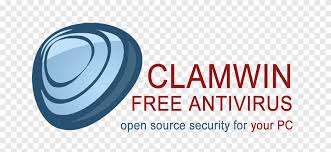ClamWin — Free Antivirus for Windows Systems
Why It Matters
ClamWin has been sitting in the Windows toolbox for a long time. It’s a free, open-source project built on the ClamAV engine, and it still gets used when a simple, no-cost antivirus is enough. Small offices, schools, even individual users keep it around for one reason: it does scheduled and manual scans without eating much in resources. It doesn’t compete with full enterprise suites, but for certain roles it’s just good enough.
How It Works
Think of it as a front end for ClamAV on Windows. The program pulls down fresh virus definitions, then runs scans either on demand or on a schedule. It checks files, folders, and entire drives; the Outlook plug-in catches malicious attachments before they’re opened. What it doesn’t do is watch files in real time — there’s no background shield. That’s the trade-off: performance and simplicity versus immediate blocking. For servers or low-risk desktops, many admins accept that trade.
Technical Profile
| Aspect | Details |
| Platform | Windows only (XP through 11, 32/64-bit) |
| Engine | Based on ClamAV with frequent signature updates |
| Features | On-demand scans, scheduled tasks, Outlook plug-in |
| Management | Local GUI and CLI options for scripting or batch jobs |
| Real-time shield | Not provided |
| License | Open source, GPL |
Deployment Notes
1. Download the installer from the official site.
2. Install on the Windows host as usual.
3. Enable automatic signature updates (important, since signatures are the core of detection).
4. Set up scheduled scans for times when machines are idle.
5. Add the Outlook plug-in if mail scanning is required.
It can also run via command line, which is handy for admins who prefer scripting or pushing scans through automation.
Where It Fits
– Education and NGOs: environments where budget matters more than premium features.
– Secondary scanner: used alongside a commercial antivirus to double-check files.
– Servers/kiosks: where a light footprint matters and real-time blocking isn’t the priority.
Caveats
– No live protection — malware can execute before the next scan runs.
– Community-maintained, so updates arrive at a slower pace compared to big vendors.
– Doesn’t offer centralized dashboards or enterprise management.
– Works best when expectations are clear: it’s a free safety net, not a full endpoint security suite.

